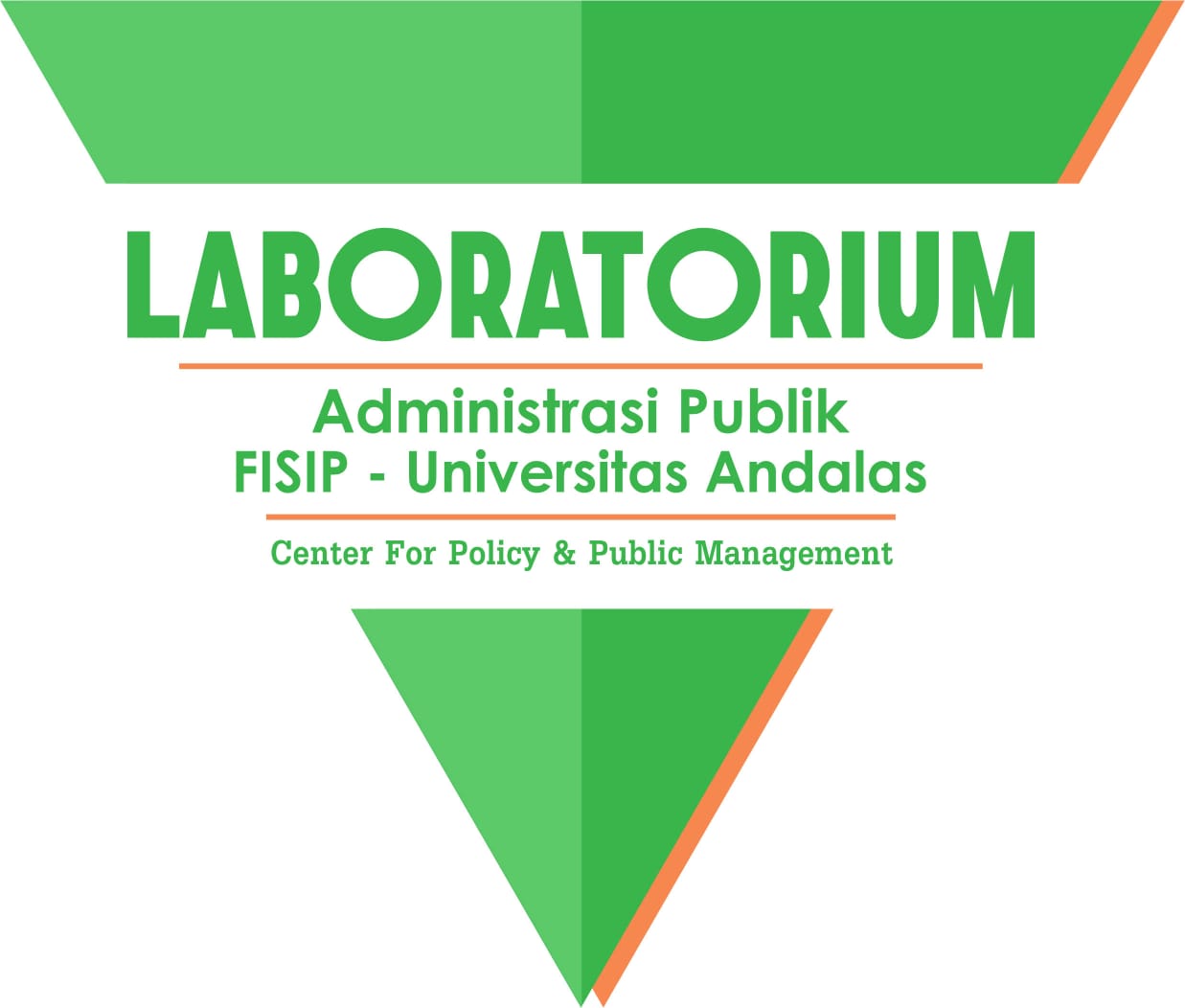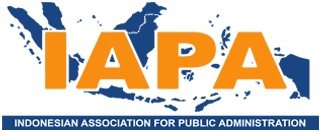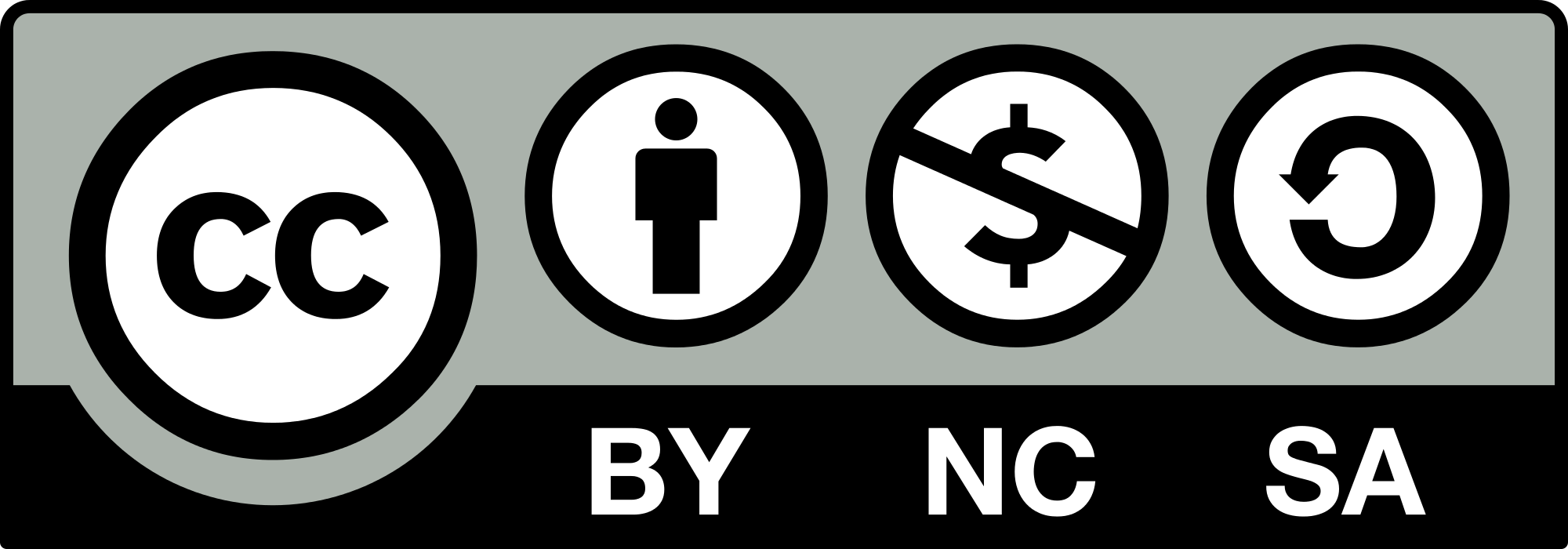Analisis Peran Komunikasi Aktor Pemerintah dan Non Pemerintah Memerangi Misinformasi Vaksinasi Covid-19 di Indonesia
Abstract
Misinformation has become a barrier to public trust in a policy, especially during the Covid-19 pandemic crisis. The role of communication between government and non-government actors is indispensable in implementing policies and combating Covid-19 vaccination misinformation on social media. This study aims to understand the roles and communication strategies of government and non-government actors in combating misinformation about the Covid-19 vaccination policy in Indonesia. This paper used the content analysis research method. Data were collected from tweets from 1 January to 31 December 2021. The results show the role of communication between government and non-government actors through the guiding principles of crisis communication such as calls to action, clarity, compassion and empathy, tone of dialogue, correction of misinformation, and transparency. This research used information communication technologies (ICTs), public involvement, response, collaboration, and utilization of the Situational Crisis Communication Theory (SCCT) strategy. Finally, a collaboration between actors in various sectors will strengthen policy communication in eradicating misinformation. This study contributed to relevant literature and has practical implications for sustainable policy communication in times of crisis.
Downloads
References
Bolsen, T., & Palm, R. (2021). Politicization and COVID-19 vaccine resistance in the U.S. In Progress in Molecular Biology and Translational Science. Elsevier B.V. https://doi.org/10.1016/bs.pmbts.2021.10.002
Boukes, M. (2019). Social network sites and acquiring current affairs knowledge: The impact of Twitter and Facebook usage on learning about the news. Journal of Information Technology and Politics, 16(1), 36–51. https://doi.org/10.1080/19331681.2019.1572568
Cheng, Y. (2018). How Social Media Is Changing Crisis Communication Strategies: Evidence from the Updated Literature. Journal of Contingencies and Crisis Management, 26(1), 58–68. https://doi.org/10.1111/1468-5973.12130
Clementson, D. E. (2020). Narrative persuasion, identification, attitudes, and trustworthiness in crisis communication. Public Relations Review, 46(2). https://doi.org/10.1016/j.pubrev.2020.101889
Coombs, W. T., & Holladay, S. J. (2014). How publics react to crisis communication efforts: Comparing crisis response reactions across sub-arenas. Journal of Communication Management, 18(1), 40–57. https://doi.org/10.1108/JCOM-03-2013-0015
Darius, P., & Urquhart, M. (2021). Disinformed social movements: A large-scale mapping of conspiracy narratives as online harms during the COVID-19 pandemic. Online Social Networks and Media, 26. https://doi.org/10.1016/j.osnem.2021.100174
Dhar, S., & Bose, I. (2022). Victim crisis communication strategy on digital media: A study of the COVID-19 pandemic. Decision Support Systems, 161. https://doi.org/10.1016/j.dss.2022.113830
Herrera-Peco, I., Jiménez-Gómez, B., Romero Magdalena, C. S., Deudero, J. J., García-Puente, M., Benítez De Gracia, E., & Ruiz Núñez, C. (2021). Antivaccine movement and covid-19 negationism: A content analysis of spanish-written messages on twitter. Vaccines, 9(6). https://doi.org/10.3390/vaccines9060656
Hyland-Wood, B., Gardner, J., Leask, J., & Ecker, U. K. H. (2021). Toward effective government communication strategies in the era of COVID-19. Humanities and Social Sciences Communications, 8(1). https://doi.org/10.1057/s41599-020-00701-w
Johnson, N. F., Velásquez, N., Restrepo, N. J., Leahy, R., Gabriel, N., el Oud, S., Zheng, M., Manrique, P., Wuchty, S., & Lupu, Y. (2020). The online competition between pro- and anti-vaccination views. Nature, 582(7811), 230–233. https://doi.org/10.1038/s41586-020-2281-1
König, P. D. (2021). A magic bullet in policy communication? On the ambiguous use of framing in policy research. Policy Studies, 42(1), 60–79. https://doi.org/10.1080/01442872.2019.1581153
Kreiss, D., & Mcgregor, S. C. (2018). Technology Firms Shape Political Communication: The Work of Microsoft, Facebook, Twitter, and Google With Campaigns During the 2016 U.S. Presidential Cycle. Political Communication, 35(2), 155–177. https://doi.org/10.1080/10584609.2017.1364814
Krippendorff, K. (n.d.). Content Analysis. http://repository.upenn.edu/asc_papers/226
Lee, S. Y. (2020). Stealing thunder as a crisis communication strategy in the digital age. Business Horizons, 63(6), 801–810. https://doi.org/10.1016/j.bushor.2020.07.006
Loomba, S., de Figueiredo, A., Piatek, S. J., de Graaf, K., & Larson, H. J. (2021). Measuring the impact of COVID-19 vaccine misinformation on vaccination intent in the UK and USA. Nature Human Behaviour, 5(3), 337–348. https://doi.org/10.1038/s41562-021-01056-1
Mackay, M., Cimino, A., Yousefinaghani, S., McWhirter, J. E., Dara, R., & Papadopoulos, A. (2022). Canadian COVID-19 Crisis Communication on Twitter: Mixed Methods Research Examining Tweets from Government, Politicians, and Public Health for Crisis Communication Guiding Principles and Tweet Engagement. International Journal of Environmental Research and Public Health, 19(11). https://doi.org/10.3390/ijerph19116954
McStay, A. (2016). Empathic media and advertising: Industry, policy, legal and citizen perspectives (the case for intimacy). Big Data and Society, 3(2). https://doi.org/10.1177/2053951716666868
Mirbabaie, M., Stieglitz, S., & Brünker, F. (2022). Dynamics of convergence behaviour in social media crisis communication – a complexity perspective. Information Technology and People, 35(1), 232–258. https://doi.org/10.1108/ITP-10-2019-0537
Montagni, I., Ouazzani-Touhami, K., Mebarki, A., Texier, N., Schück, S., & Tzourio, C. (2021). Acceptance of a Covid-19 vaccine is associated with ability to detect fake news and health literacy. Journal of Public Health (United Kingdom), 43(4), 695–702. https://doi.org/10.1093/pubmed/fdab028
Nielsen, C. (2012). Newspaper Journalists Support Online Comments (Vol. 33, Issue 1).
Oh, O., Agrawal, M., & Rao, H. R. (2013). Community Intelligence and Social Media Services: A Rumor Theoretic Analysis of Tweets During Social Crises Quarterly ^^^ksbsbi Community Intelligence and Social Media Services: A Rumor Theoretic Analysis of Tweets During Social Crises1. In Source: MIS Quarterly (Vol. 37, Issue 2).
Palmedo, P. C., Rauh, L., Lathan, H. S., & Ratzan, S. C. (2021). Exploring Distrust in the Wait and See: Lessons for Vaccine Communication. American Behavioral Scientist. https://doi.org/10.1177/00027642211062865
Park, K., & Rim, H. (2020). “Click First!”: The Effects of Instant Activism Via a Hoax on Social Media. Social Media and Society, 6(2). https://doi.org/10.1177/2056305120904706
Pascual-Ferrá, P., Alperstein, N., & Barnett, D. J. (2020). Social Network Analysis of COVID-19 Public Discourse on Twitter: Implications for Risk Communication. Disaster Medicine and Public Health Preparedness. https://doi.org/10.1017/dmp.2020.347
Phelan, A. L., Eccleston-Turner, M., Rourke, M., Maleche, A., & Wang, C. (2020). Legal agreements: barriers and enablers to global equitable COVID-19 vaccine access. In The Lancet (Vol. 396, Issue 10254, pp. 800–802). Lancet Publishing Group. https://doi.org/10.1016/S0140-6736(20)31873-0
Phillips, G., Kendino, M., Brolan, C. E., Mitchell, R., Herron, L.-M., Kὃrver, S., Sharma, D., O’reilly, G., Poloniati, P., Kafoa, B., & Cox, M. (2022). Lessons from the frontline: Leadership and governance experiences in the COVID-19 pandemic response across the Pacific region. https://doi.org/10.1016/j
Praveen, S. v., Ittamalla, R., & Deepak, G. (2021). Analyzing the attitude of Indian citizens towards COVID-19 vaccine – A text analytics study. Diabetes and Metabolic Syndrome: Clinical Research and Reviews, 15(2), 595–599. https://doi.org/10.1016/j.dsx.2021.02.031
Putra, R. H., & Khaidir, A. (2019). Concept of George C. Edwards III on Implementation of Regional Regulations No. 12 of 2017 Concerning Youth in Granting Youth Service in West Sumatera. International Journal of Progressive Sciences and Technologies (IJPSAT, 15(1), 236–242. http://ijpsat.ijsht-journals.org
Roy, M. J., Baker, R., & Kerr, S. (2017). Conceptualising the public health role of actors operating outside of formal health systems: The case of social enterprise. Social Science and Medicine, 172, 144–152. https://doi.org/10.1016/j.socscimed.2016.11.009
Sanders, K. B., & Gutiérrez-García, E. (2020). Understanding the role of dialogue in public sector communication. In The Handbook of Public Sector Communication (pp. 289–302). wiley. https://doi.org/10.1002/9781119263203.ch19
Statista. (2021). Leading countries based on number of Twitter users as of October 2021. Diakses pada 20 Januari 2022 dari https://www.statista.com/statistics/242606/number-of-active-twitter-users-in-selected-countries/
Tchakounté, F., Amadou Calvin, K., Ari, A. A. A., & Fotsa Mbogne, D. J. (2020). A smart contract logic to reduce hoax propagation across social media. Journal of King Saud University - Computer and Information Sciences. https://doi.org/10.1016/j.jksuci.2020.09.001
Tian, Y., & Yang, J. (2022). Deny or bolster? A comparative study of crisis communication strategies between Trump and Cuomo in COVID-19. Public Relations Review, 48(2). https://doi.org/10.1016/j.pubrev.2022.102182
Tim Overkamp, P. (2017). EVOLUTIONS OF SERVICE ACTOR ROLES TOWARDS FUTURE SERVICE (Vol. 7). DESIGN+POWER.
Wang, X. (2022). Attitudes toward COVID-19 vaccines and vaccine uptake intent in China: The role of collectivism, interpersonal communication, and the use of news and information websites. Current Research in Ecological and Social Psychology, 3, 100065. https://doi.org/10.1016/j.cresp.2022.100065
Wehner, L. E., & Thies, C. G. (2014). Role Theory, Narratives, and Interpretation: The Domestic Contestation of Roles. Review, 16(3), 411–436. https://doi.org/10.1111/misr.l2149
WHO. (2017). Communicating Risk in Public Health Emergencies: A WHO guideline for emergency risk communication (ERC) policy and practice. Diakses pada 9 November 2022, dari https://www.ncbi.nlm.nih.gov/books/NBK540729/
Yang, J., & Zheng, X. (2020). Government annual report: decision usefulness, information accessibility and policy communication efficiency–Observations from 19 Chinese cities. Policy Studies. https://doi.org/10.1080/01442872.2020.1724277
Yang, K. C., Pierri, F., Hui, P. M., Axelrod, D., Torres-Lugo, C., Bryden, J., & Menczer, F. (2021). The COVID-19 Infodemic: Twitter versus Facebook. Big Data and Society, 8(1). https://doi.org/10.1177/20539517211013861
Yao, Q., Li, R. Y. M., Song, L., & Crabbe, M. J. C. (2021). Safety knowledge sharing on Twitter: A social network analysis. Safety Science, 143. https://doi.org/10.1016/j.ssci.2021.105411
Zhao, X., Zhan, M., & Ma, L. (2020). How publics react to situational and renewing organizational responses across crises: Examining SCCT and DOR in social-mediated crises. Public Relations Review, 46(4). https://doi.org/10.1016/j.pubrev.2020.101944
Copyright (c) 2023 Fatimah Nur Hasanah

This work is licensed under a Creative Commons Attribution-NonCommercial-ShareAlike 4.0 International License.










